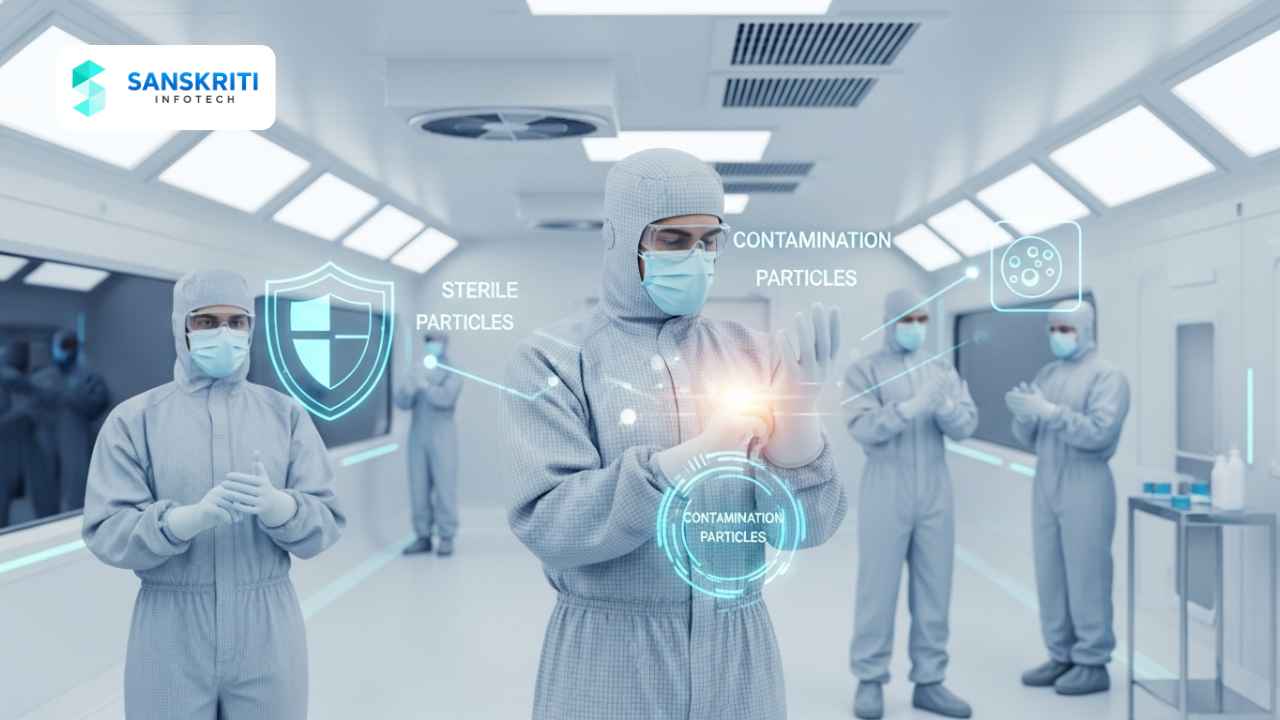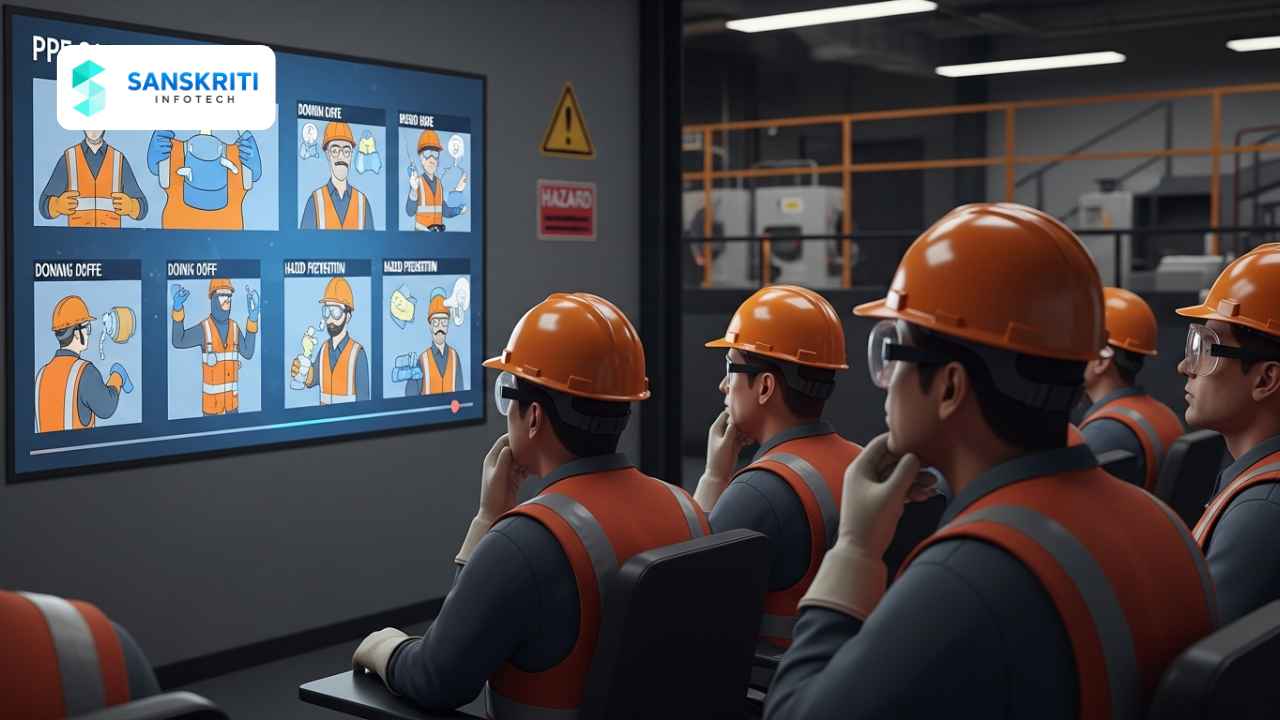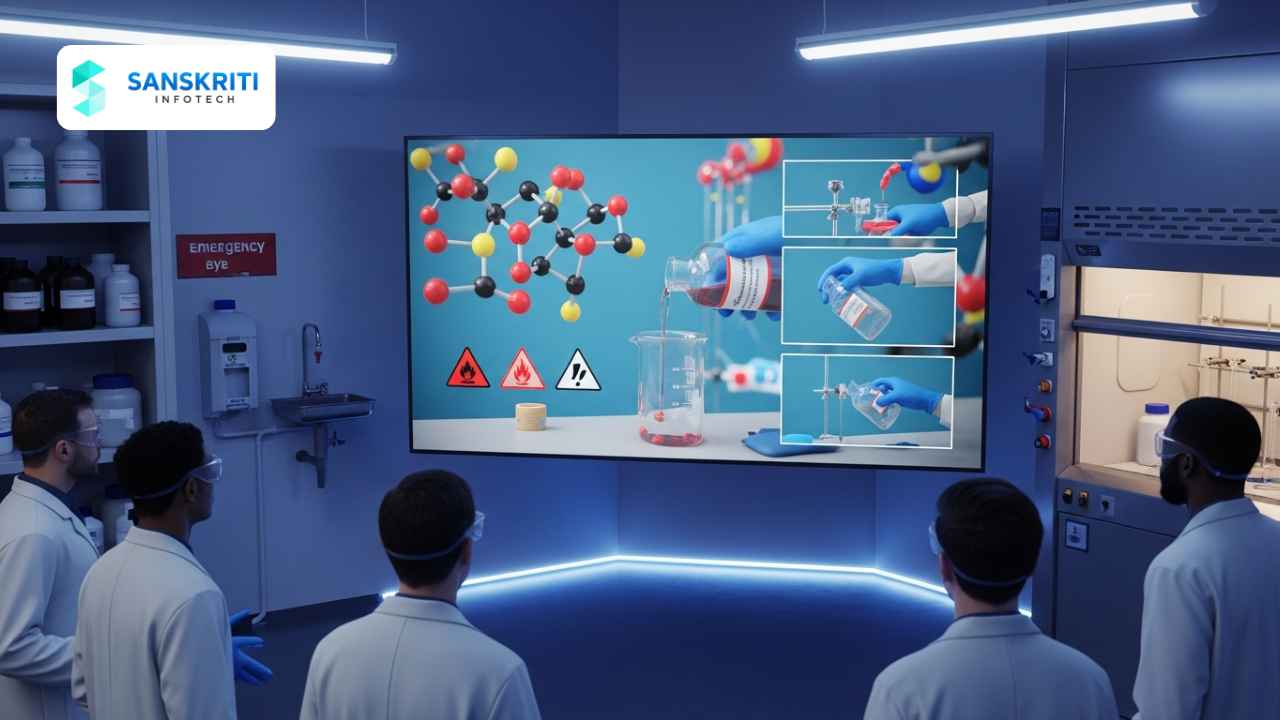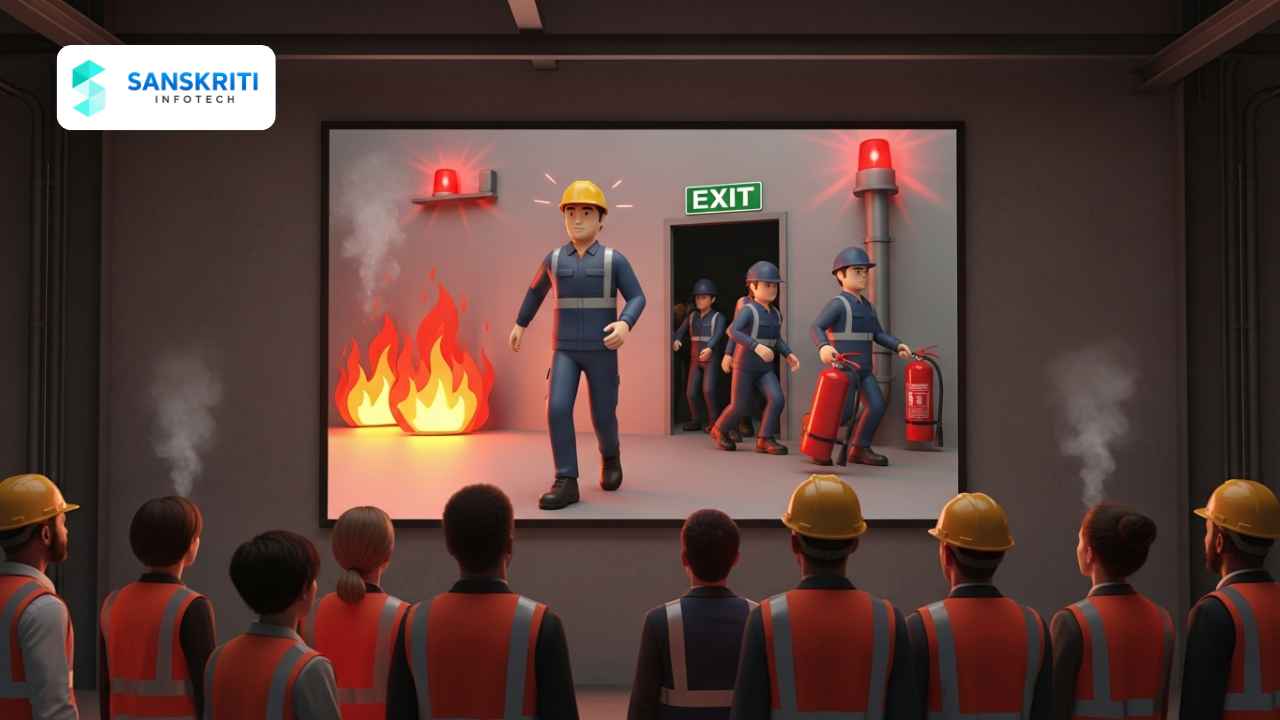Table of Contents
Introduction: Why Cleanroom Safety Training Needs an Upgrade
In the pharmaceutical industry, cleanroom safety is non-negotiable. From sterile drug manufacturing to biologics, every process depends on contamination-free environments. Yet, despite stringent SOPs, contamination remains one of the leading causes of batch rejection, product recalls, and regulatory non-compliance.
One common issue? Ineffective training. New operators often struggle with gowning procedures, airflow awareness, and contamination prevention because these concepts are abstract, technical, and difficult to visualize. Traditional lectures and paper SOPs rarely ensure retention.
This is where cleanroom safety animation transforms the game. By using 3D animation to demonstrate gowning protocols, cleanroom behavior, and contamination control, companies can significantly reduce human error, improve compliance with GMP standards, and ensure safer drug production.
The Role of Cleanroom Safety Animation in Pharma Training
Pharmaceutical cleanrooms are governed by strict regulatory frameworks such as FDA cGMP, EU GMP Annex 1, and WHO cleanroom standards. But compliance depends heavily on how well employees are trained. Learn more from FDA cGMP Regulations.
- Visual and Memorable
- Standardized
- Safe to Simulate
- Scalable
For example, a top biotech firm in Europe deployed gowning procedure animations during onboarding. Within six months, they saw a 40% reduction in gowning-related deviations.
Gowning Procedures Explained Through Animation
Improper gowning is one of the biggest contributors to cleanroom contamination. Even a single exposed hair or particle can compromise product sterility. Cleanroom safety animation makes gowning SOPs easy to understand and remember:
- Step-by-Step Gowning
- Do’s and Don’ts
- Zoning Awareness
Animations also highlight consequences of skipping steps — for example, showing how a microscopic particle travels from an operator’s sleeve into a sterile vial. For industry standards, refer to ISPE Gowning Guidelines.
For more industry-specific safety training, explore pharmaceutical cleanroom safety animation.
Contamination Control with 3D Visuals
Beyond gowning, cleanrooms demand strict contamination control practices. But most workers can’t visualize invisible risks like airflow disruptions, microbial spread, or cross-contamination.
3D safety animation excels at:
- Airflow Demonstrations
- Particle Spread Scenarios
- Cross-Contamination Risks
- Cleaning & Disinfection SOPs
For example, a US-based vaccine manufacturer used contamination control animations during a regulatory remediation project. As a result, operator-related deviations decreased by 35% within one year. See WHO Cleanroom Guidance for details.
Benefits of Cleanroom Safety Animation for HSE & QA Managers
For HSE heads, QA managers, and training leaders, the question is always ROI. Why invest in cleanroom safety animation?
- Compliance Assurance
- Audit Readiness
- Error Reduction
- Cost Savings
- Faster Onboarding
According to a Deloitte pharma operations report, digital learning methods like 3D animation can improve training retention rates by 60% compared to traditional lectures. For more, refer to Deloitte Pharma Operations Report.
Real-World Adoption of Cleanroom Safety Animation
Industry leaders are already leveraging cleanroom safety animations:
- Pfizer integrated gowning animations globally.
- Novartis adopted contamination control animations.
- Roche deployed multilingual animated modules.
These case studies prove animations are fast becoming essential for compliance and operational excellence.
ROI of Cleanroom Safety Animation in Pharma Manufacturing
Cleanroom training is more than compliance — it’s an investment. With the average pharma product recall costing $8–12 million, preventing one incident covers the cost of an entire animation library.
Other ROI factors:
- Reduced Deviation Rates
- Fewer Training Hours
- Improved Operator Confidence
- Long-Term Reuse
For additional solutions supporting pharma manufacturing, explore process productivity improvement and 3D documentation services.
Conclusion: The Future of Cleanroom Training Is Visual
Contamination risks in cleanrooms are invisible but devastating. Cleanroom safety animation bridges the gap between SOPs and practical understanding. By turning gowning steps, contamination pathways, and airflow dynamics into engaging visual lessons, companies can strengthen compliance, reduce risks, and protect patients.
At Sanskriti Infotech, we design pharmaceutical cleanroom safety animations tailored to your SOPs, regulatory frameworks, and workforce needs. Whether you need gowning training, contamination control visuals, or multilingual onboarding modules — we help you build safer, smarter, and compliant operations.
Ready to transform your cleanroom training? Contact Sanskriti Infotech today to get started.






